Product Description

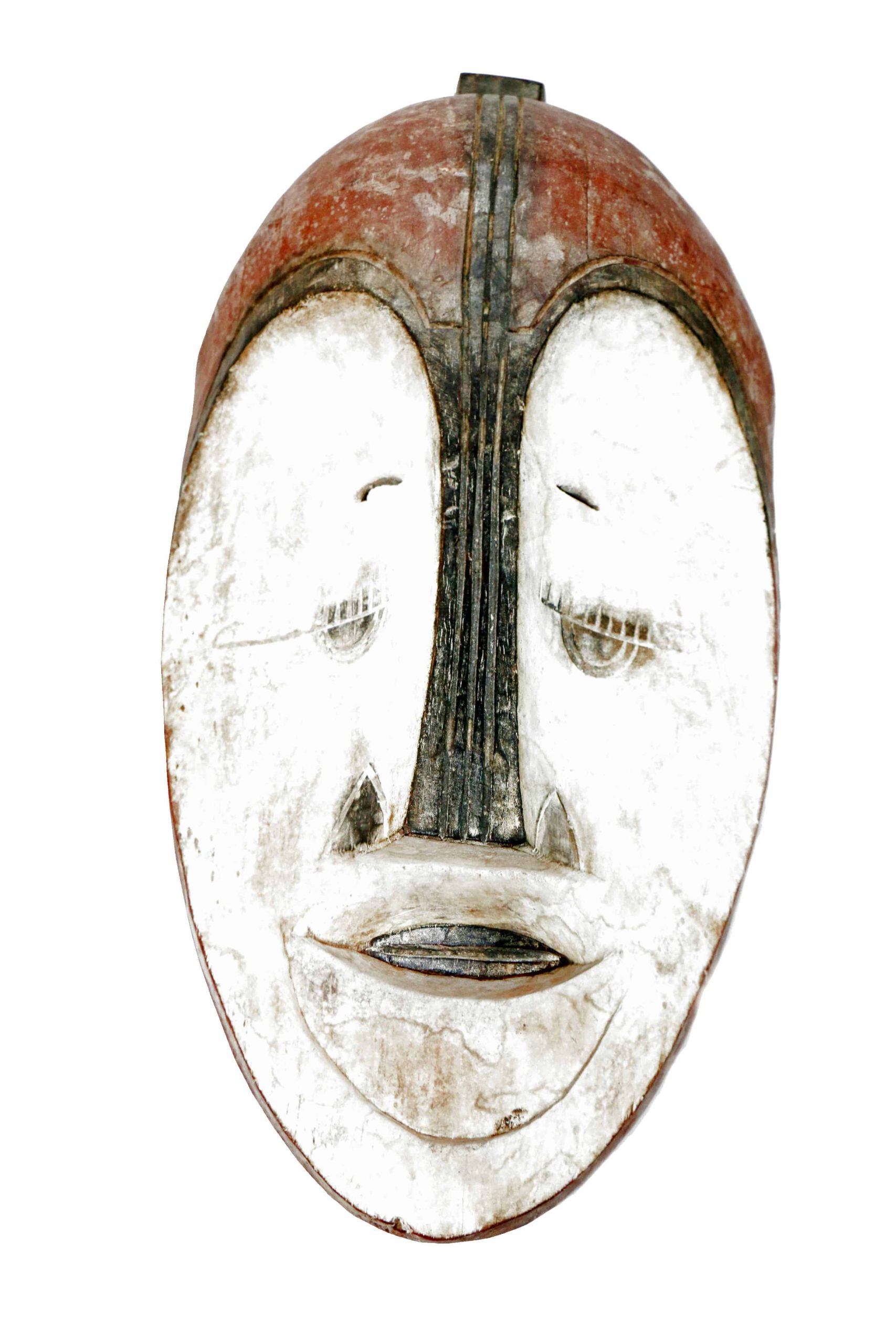
Luba Songye Kifwebe Mask – Congo
This striated masks, or Kifwebe, originates from the Songye, southern part of the Democratic Republic of the Congo. These types of masks were used to mark important periods of social transition and transformation, appearing at the death of a chief or any other eminent person, or when a person assumes an important political title.
Made of 100% wood
Model is W 25 – H 10 and weight 1.2 kg.
Description
This striated masks, or Kifwebe, originates from the Songye, southern part of the Democratic Republic of the Congo. These types of masks were used to mark important periods of social transition and transformation, appearing at the death of a chief or any other eminent person, or when a person assumes an important political title. Worn on the night of the new moon, they are also performed in honor of ancestors. Masks in the Luba-Songye style are distinguished by the convex forehead over a concave facial plane, the almond shaped downcast eyes, the broad band bisecting the forehead and continuing down the nose terminating in a sagittal tip, and the lined surface design in relief. The combination of Luba and Songye styles is typical for the border region between both people and has historic roots.
The Luba attribute its origins to three spirits, which emerged from a ditch near a lake. The female spirit was attracted by humans and went to live among them. The two male spirits stayed in the bush but visited the village where they dazzled the inhabitants with their dancing to the point where the men begged to be initiated. These distinctive masks vary a great deal but in general, are characterized by linear patterns all over the face. They were worn with a raffia costume. Danced in male/female couples and representing spirits, kifwebe connect this world and the spirit world. They also are perceived as having healing abilities.
The Songye people, like Luba people, are well-known Zappo Zap wood carvers who are renowned for making ceremonial masks, power figures, and other ceremonial items. They live in the Democratic Republic of Congo in the savannah and forest land on the left of the River Lualaba. They are related to the Luba who share some of the principles of their craftsmanship and who also call their masks kifewebe. For the Songye, pottery is for women while carving, weaving and metalwork are done by the men. During the first two decades of the twentieth century, the kifwebe masking tradition spread throughout the Luba and Songye regions of southwest DRC. Female masks are distinguished from male masks by geometric patterns that represent beauty, including dots, crosses, chevrons, and triangles. Entirely different are Luba masks with curved ram’s horns.
The Songye history is closely linked to the Luba’s, to whom the Songye are related through common ancestors. Having waged war against one another for a long time, the Songye and Luba later formed an alliance to fight the Arabs. They settled on the left bank of the Lualaba River, on a savanna and forest-covered plateau. Divided into many subgroups, the 150,000 Songye people are governed by a central chief assisted by innumerable secret societies.
Additional information
| Weight | 1.2 kg |
|---|---|
| Dimensions | 25 × 10 cm |
| Color | |
| Material |
Leave a reply Cancel reply
Returns and Exchanges
There are a few important things to keep in mind when returning a product you purchased.You can return unwanted items by post within 7 working days of receipt of your goods.
- You have 14 calendar days to return an item from the date you received it.
- Only items that have been purchased directly from Us.
- Please ensure that the item you are returning is repackaged with all elements.
Ship your item back to Us
Firstly Print and return this Returns Form to:
30 South Park Avenue, San Francisco, CA 94108, USA
Please remember to ensure that the item you are returning is repackaged with all elements.
For more information, view our full Returns and Exchanges information.

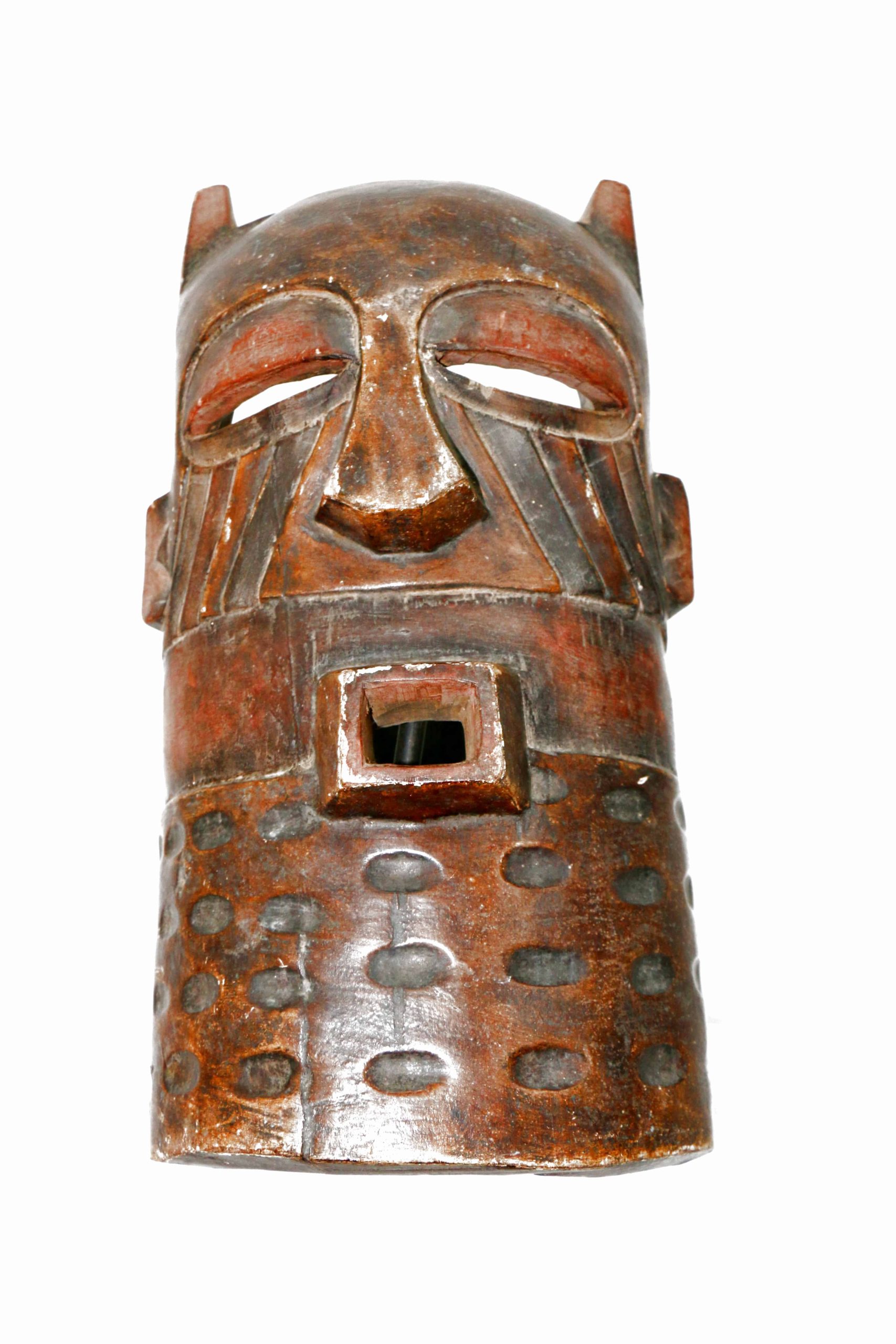

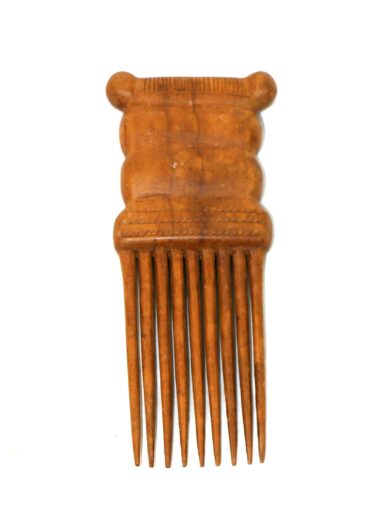
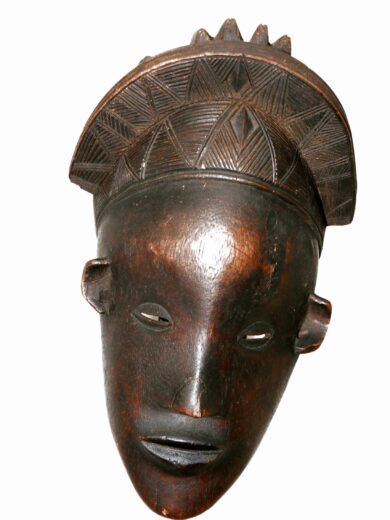

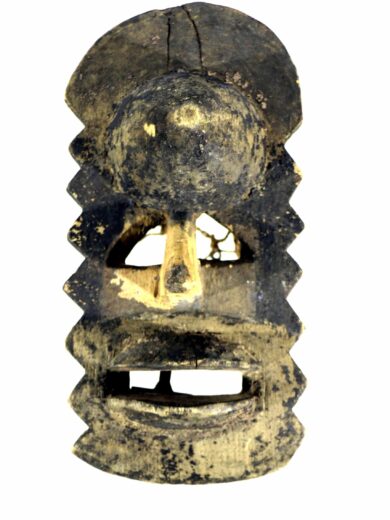
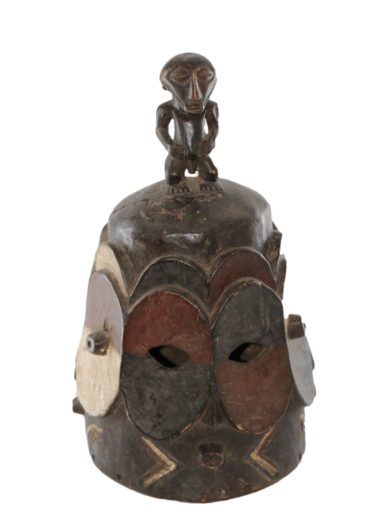
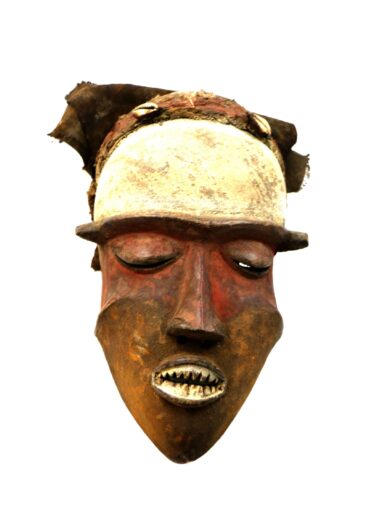
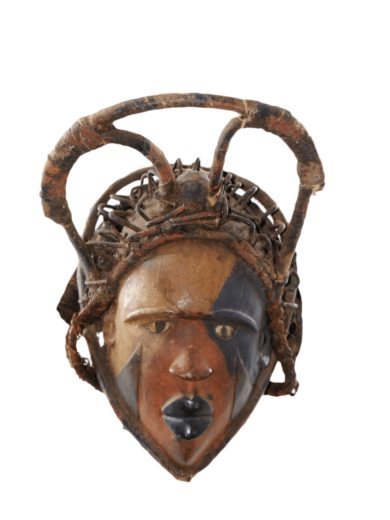
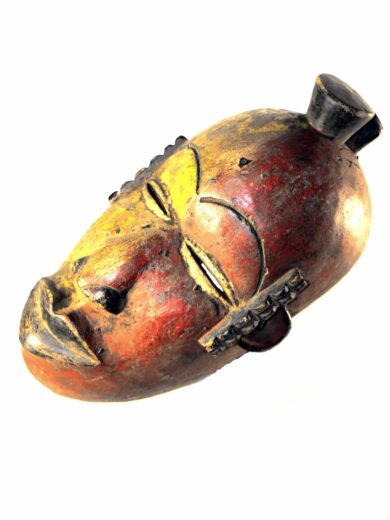
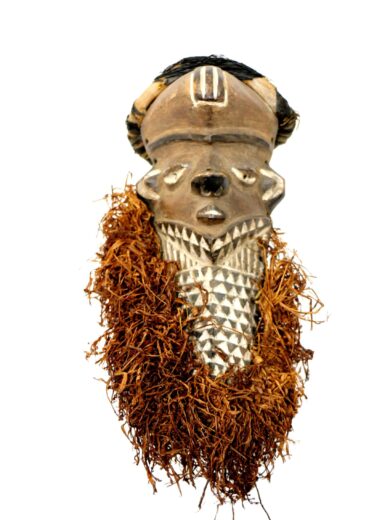

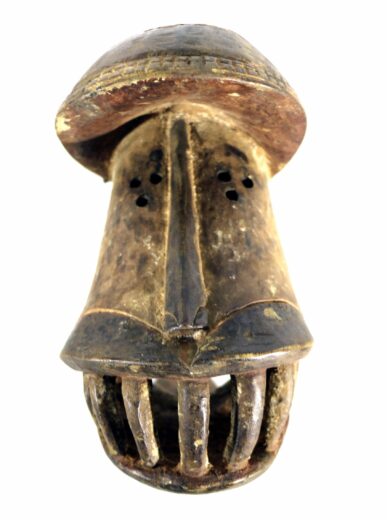


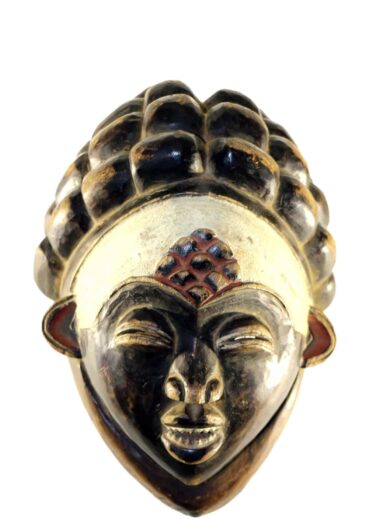
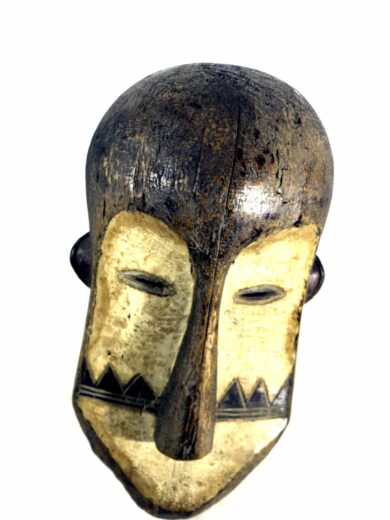
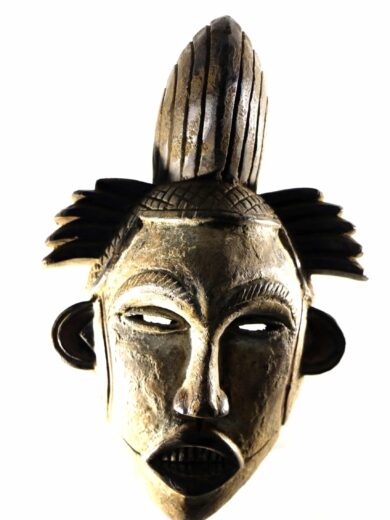

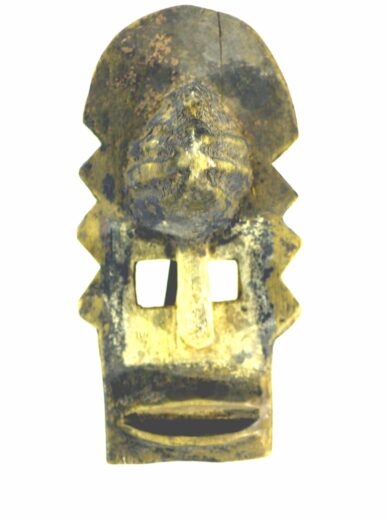
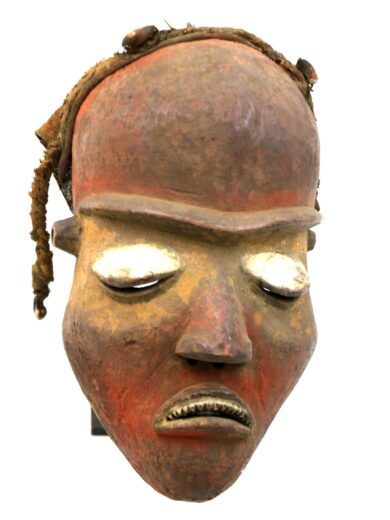

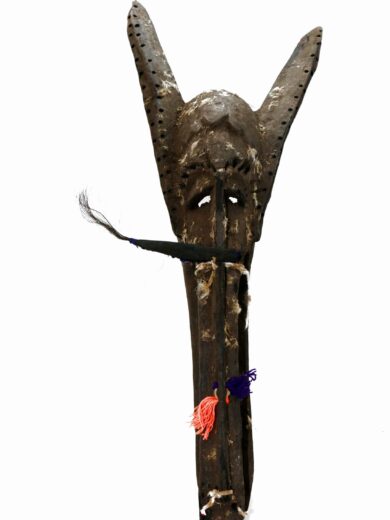


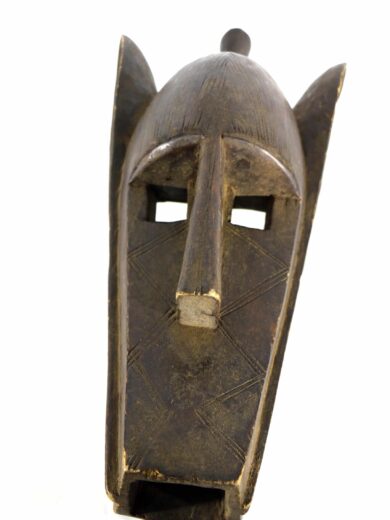
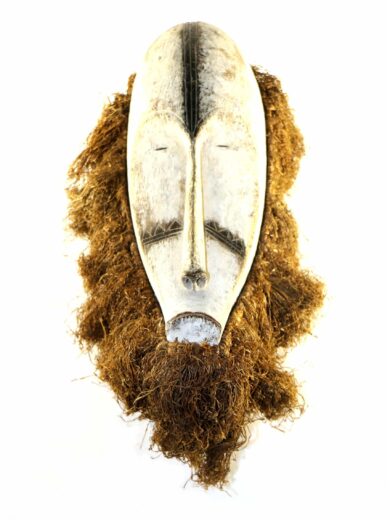
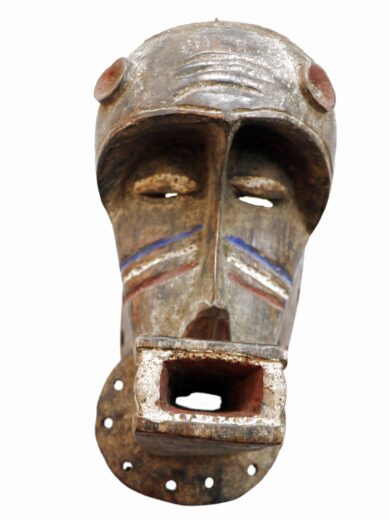
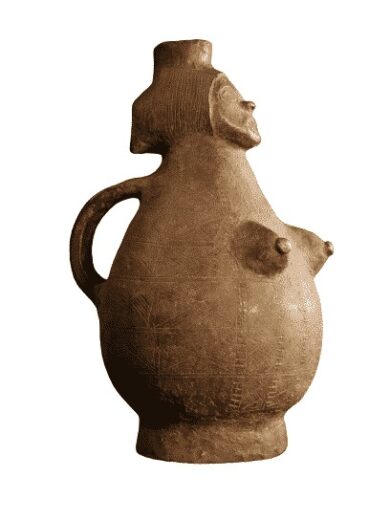

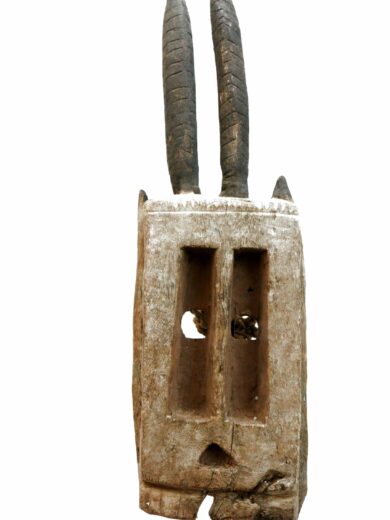
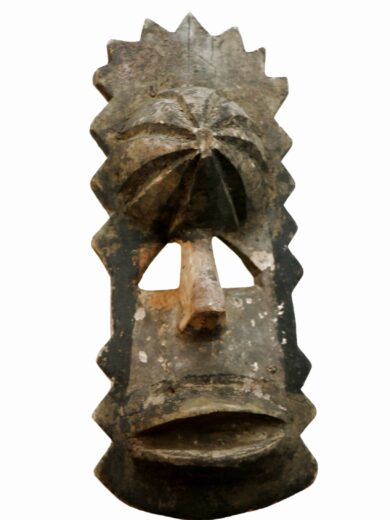
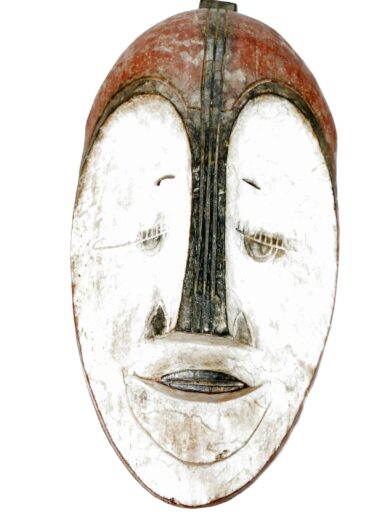
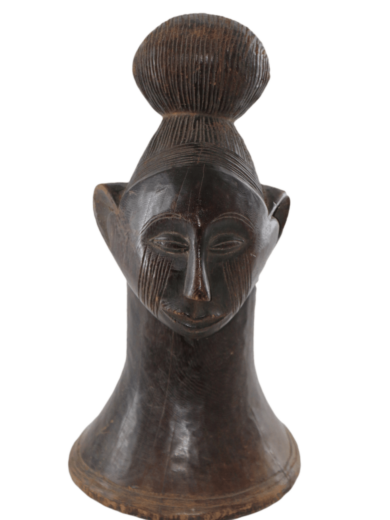
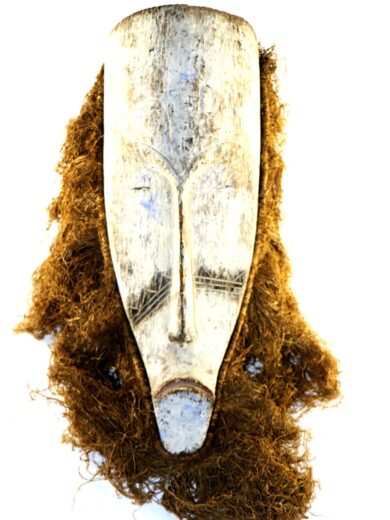
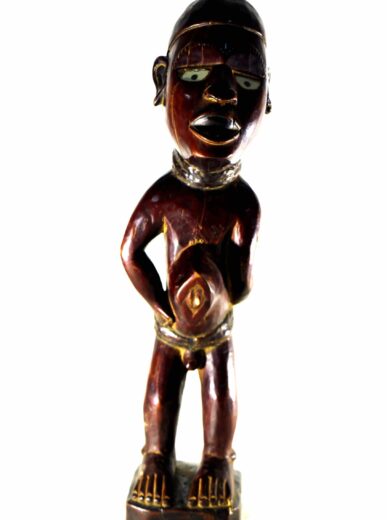
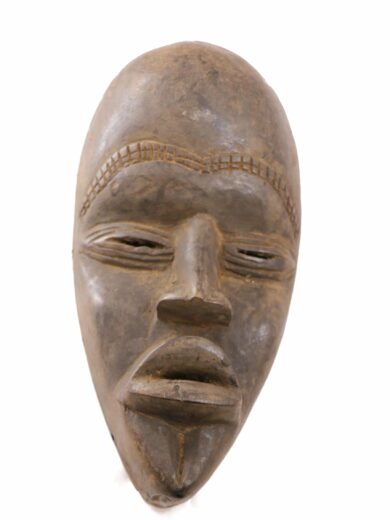
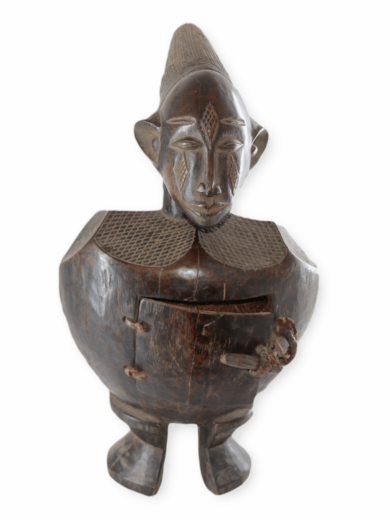
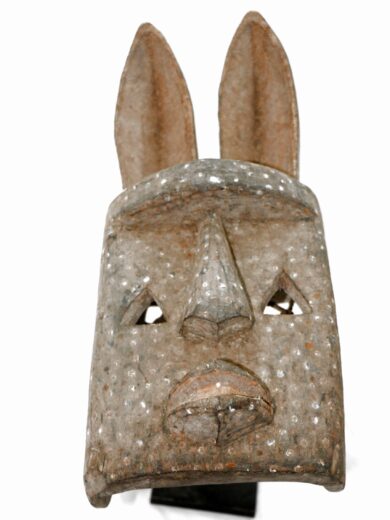
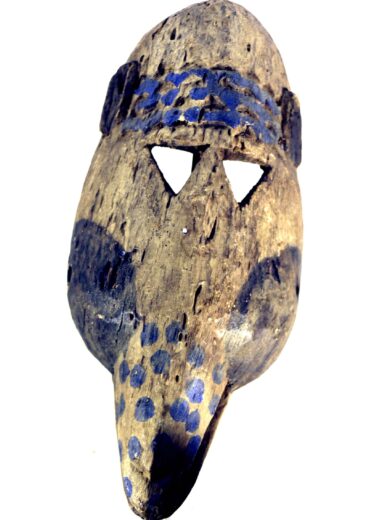
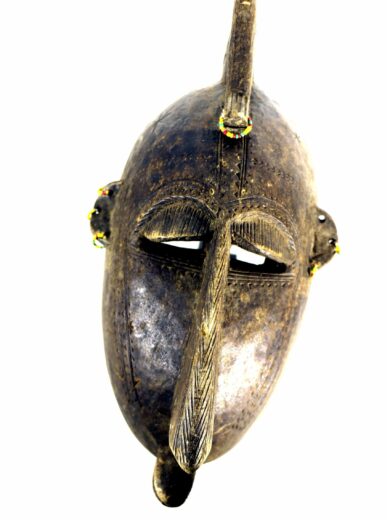
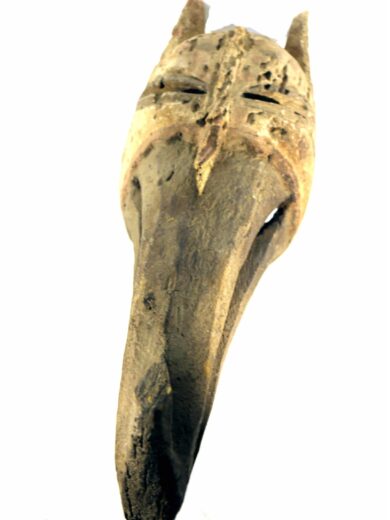

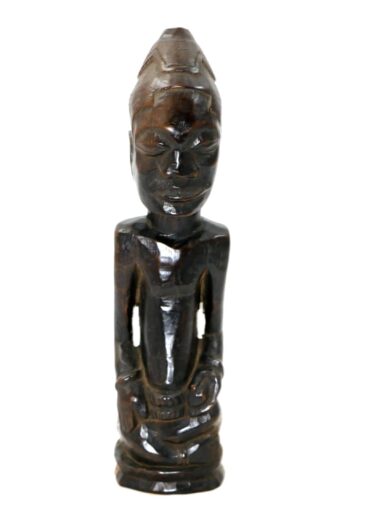


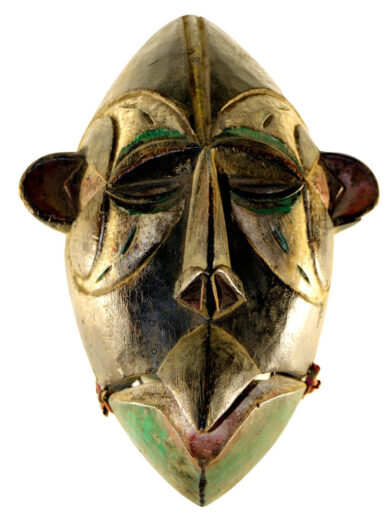

Reviews
There are no reviews yet.